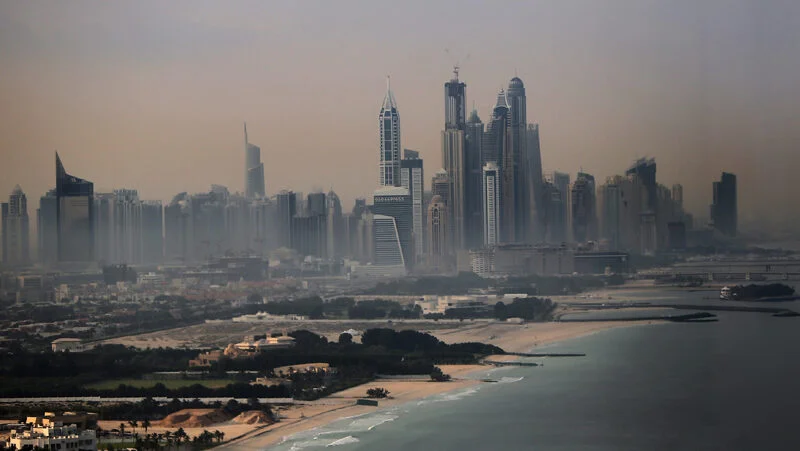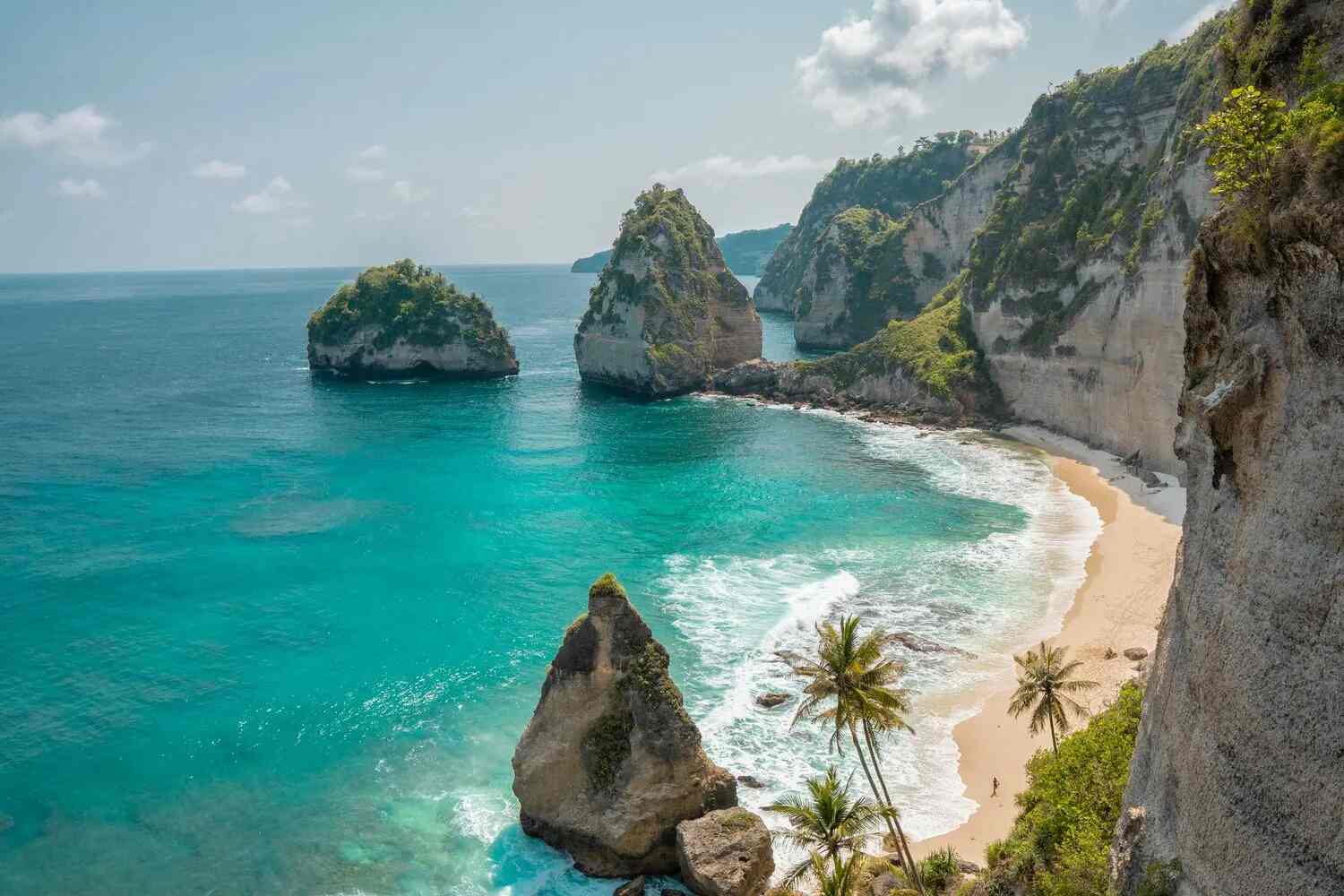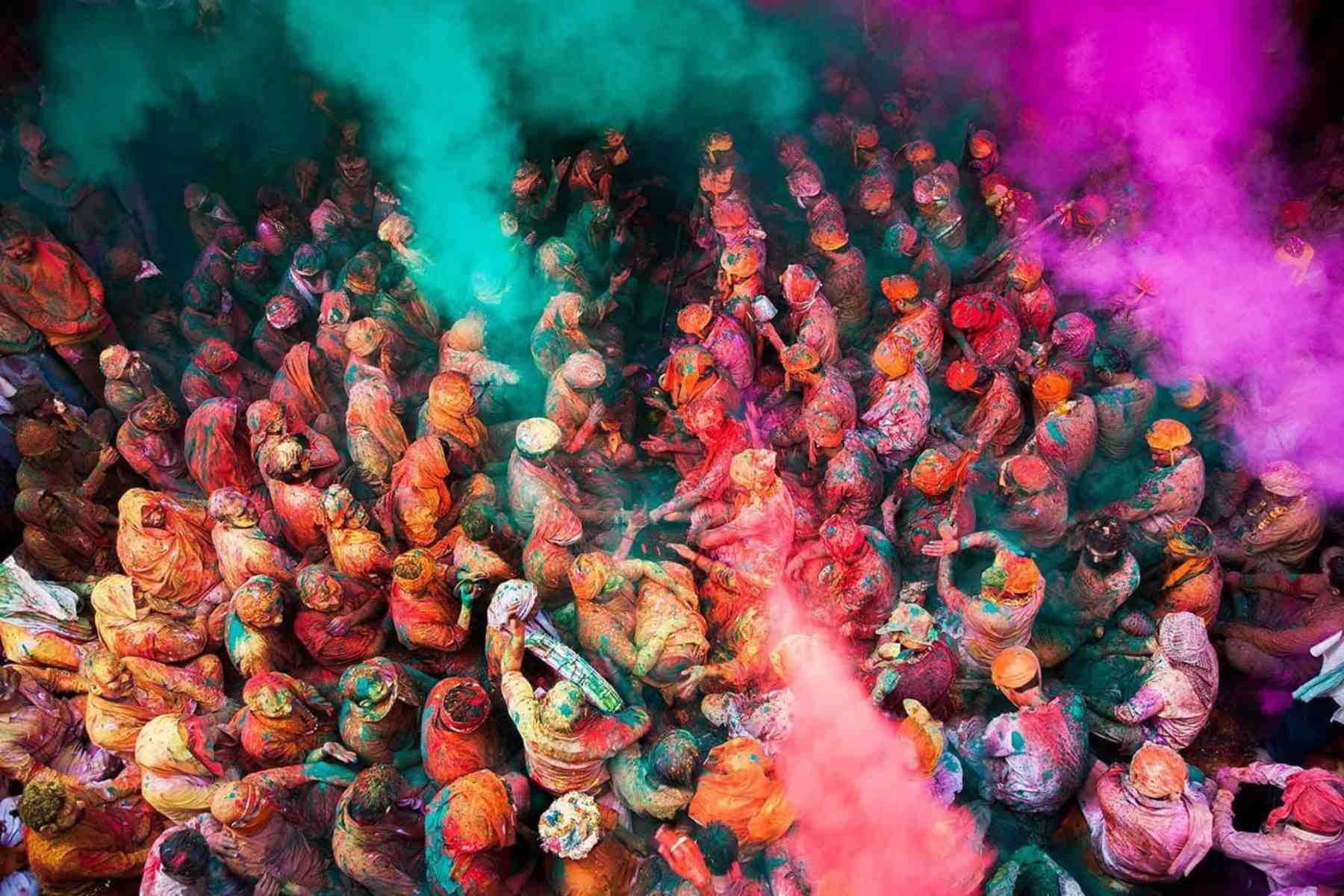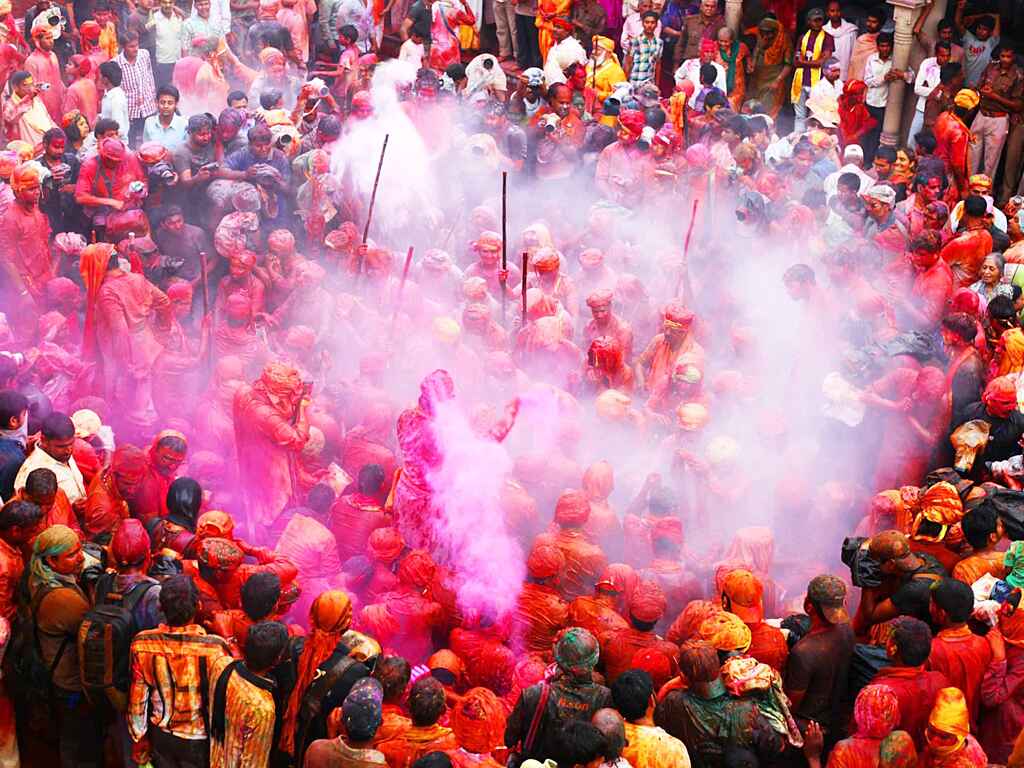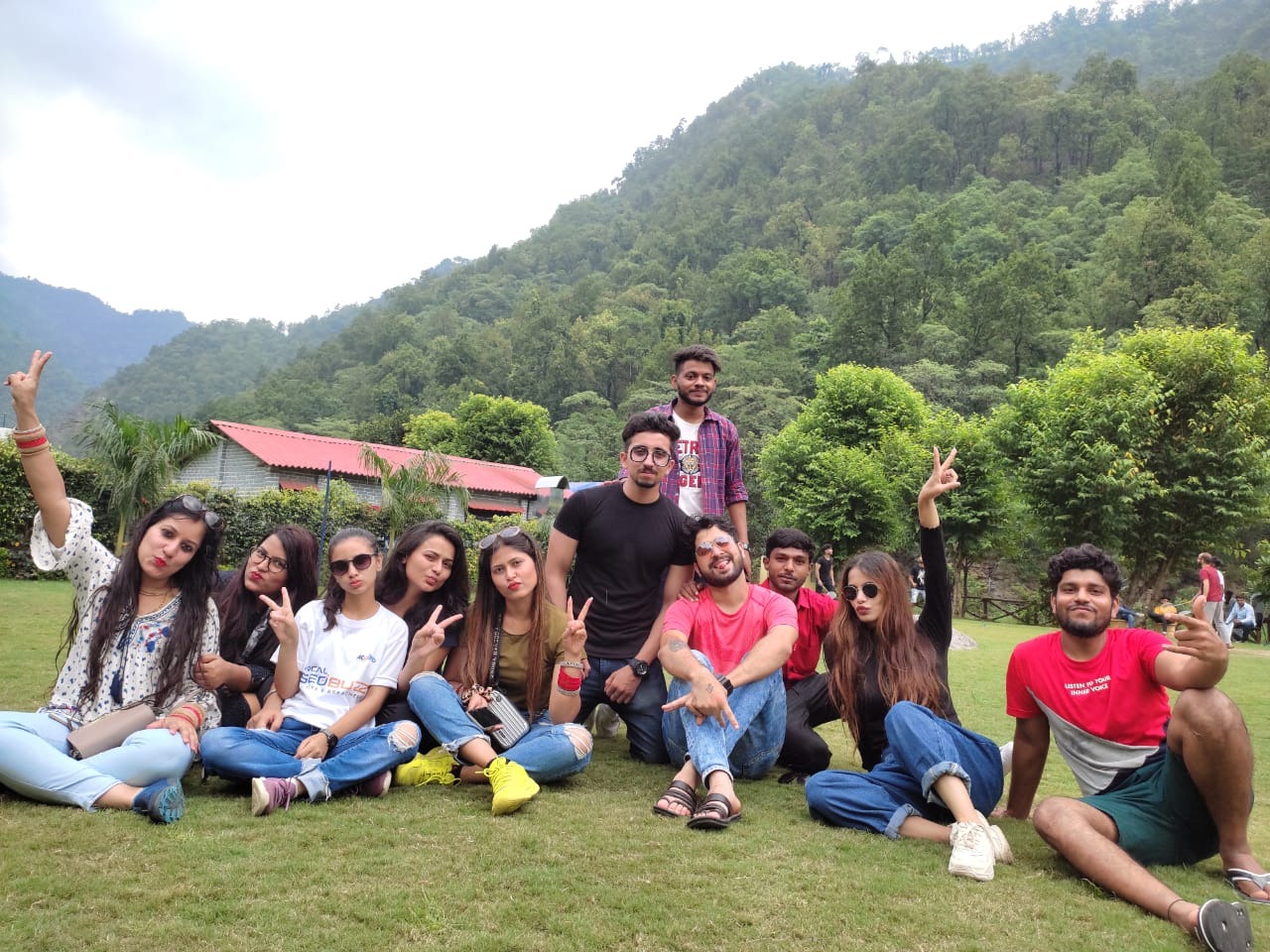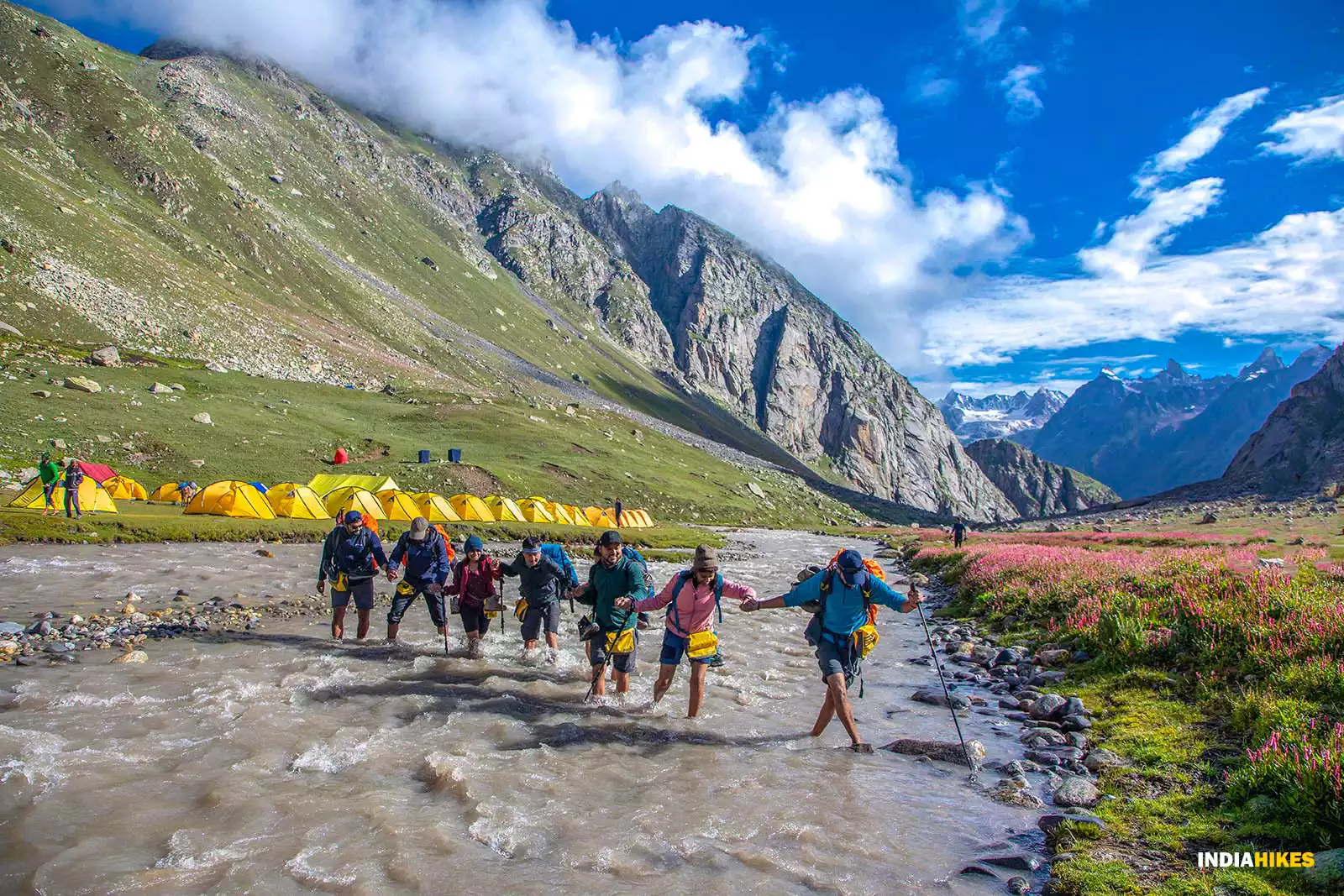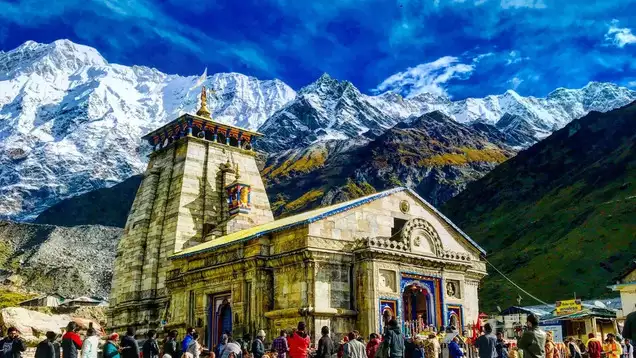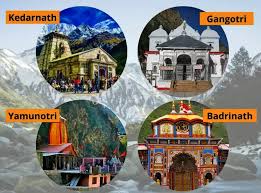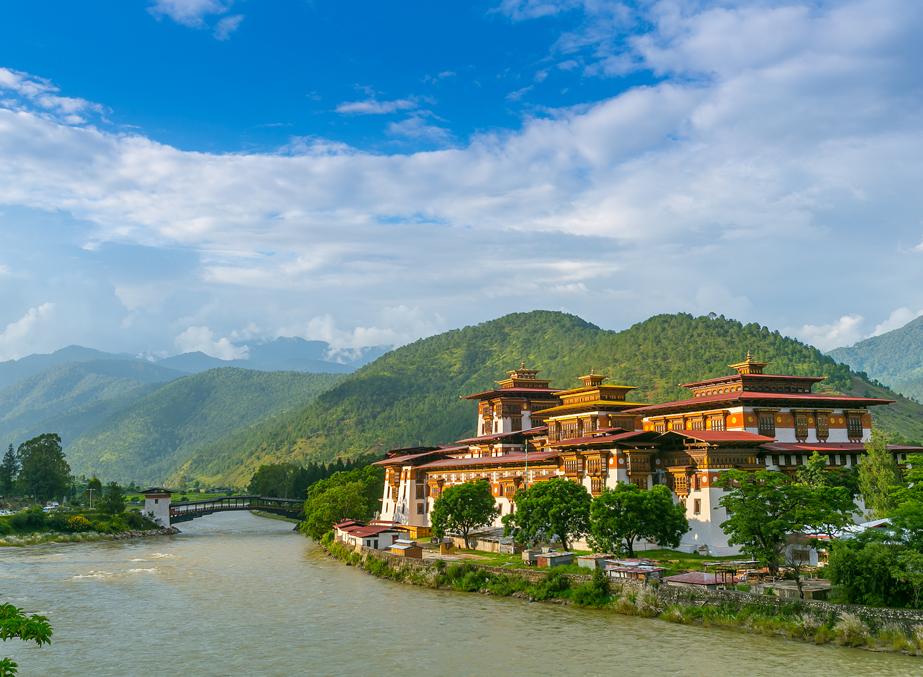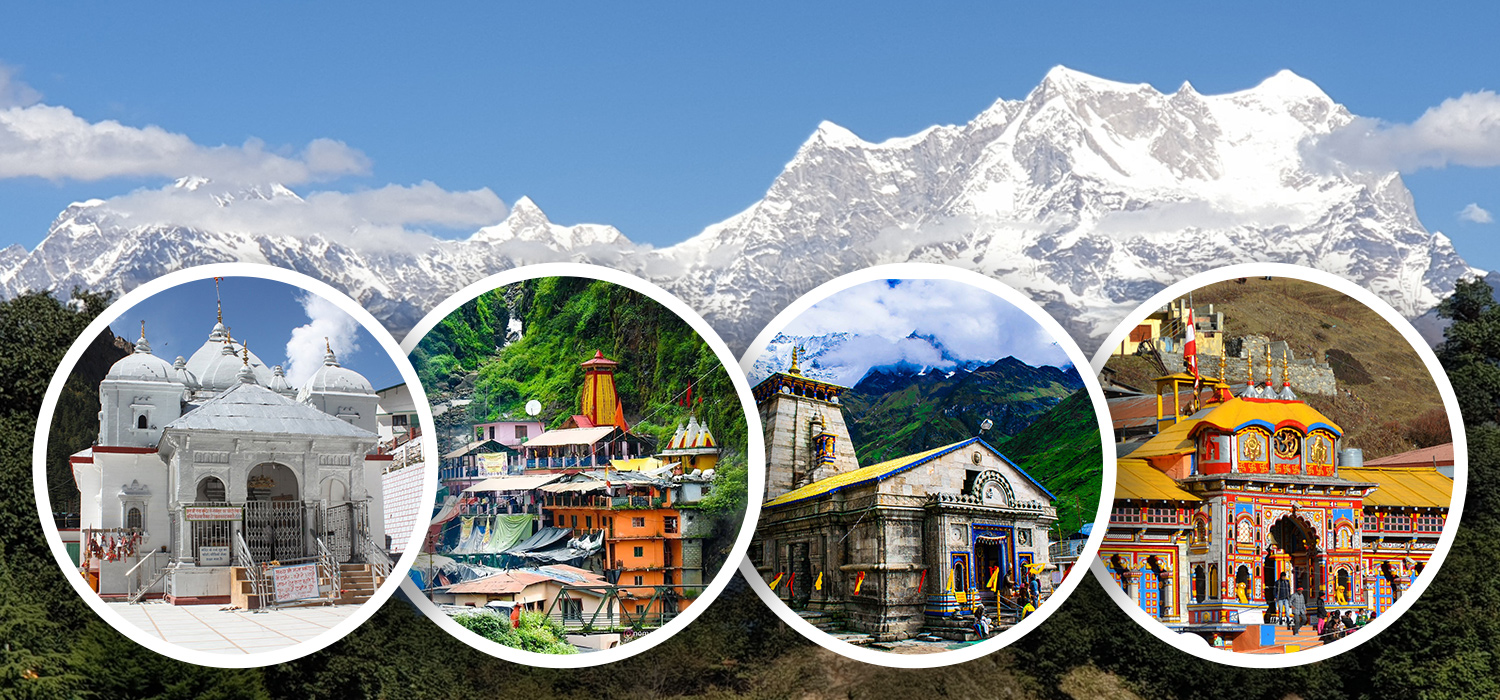Dubai, the glamorous city known for its towering skyscrapers, luxury shopping, and booming tourism industry, is also frequently criticized for its deteriorating air quality. Despite its futuristic infrastructure and modern lifestyle, the city's air pollution has become a significant environmental and public health issue over the years. The root causes of Dubai’s poor air quality can be attributed to various factors, including rapid urbanization, vehicle emissions, industrial activities, and natural phenomena such as sandstorms.
In this article, we'll explore the reasons behind Dubai's air pollution, how it affects the city's residents and tourists, and what is being done to address this issue.
1. Rapid Urbanization and Construction Activities
Dubai’s unprecedented growth and development over the past few decades have come with a heavy environmental cost. The city's rapid urbanization has been marked by large-scale construction projects, which are among the main contributors to its poor air quality. The construction of skyscrapers, residential complexes, and infrastructure projects produces vast amounts of dust and particulate matter (PM), which are harmful to both human health and the environment.
Particulate Matter (PM):
Particulate matter, especially PM2.5 and PM10, are tiny particles suspended in the air that can be inhaled and cause respiratory problems. These particles often come from construction sites, where dust and debris are dispersed into the atmosphere.
In addition to construction activities, the use of heavy machinery and diesel-powered equipment releases harmful pollutants into the air. Construction vehicles and equipment generate high levels of carbon emissions, further contributing to the poor air quality in the region.
2. Vehicular Emissions
Like many metropolitan cities, vehicular emissions are a significant source of air pollution in Dubai. The city has a high number of private vehicles on the road, contributing to traffic congestion and increased emissions of nitrogen oxides (NOx), carbon monoxide (CO), and particulate matter (PM). Although Dubai has invested in public transportation systems like the Dubai Metro, buses, and taxis, the reliance on private cars remains high.
Fossil Fuel Dependency:
Dubai’s transportation infrastructure is heavily dependent on fossil fuels, which contributes to air pollution. The combustion of petrol and diesel in vehicles produces harmful pollutants such as NOx and volatile organic compounds (VOCs), both of which can form ground-level ozone, a major component of smog. These pollutants, when combined with high temperatures and sunlight, exacerbate the formation of smog, leading to poor air quality.
3. Industrial Activities
Dubai is home to several industrial zones and manufacturing sectors, including oil refineries, cement production, and metal processing. These industries release pollutants into the air, including sulfur dioxide (SO2), nitrogen oxides (NOx), and particulate matter. The proximity of industrial activities to residential areas further compounds the problem, as pollutants can easily spread into densely populated zones.
Oil and Gas Industry:
The United Arab Emirates (UAE), including Dubai, has historically relied on the oil and gas industry for economic growth. While the UAE is diversifying its economy, industrial processes related to oil extraction, refining, and distribution continue to release significant amounts of harmful gases into the atmosphere.
4. Natural Phenomena: Sandstorms and Dust
Dubai’s desert climate makes it particularly susceptible to natural phenomena such as sandstorms and dust storms, which significantly contribute to poor air quality. These storms carry fine particles of dust and sand from the surrounding desert into the city, causing visibility to drop and air pollution levels to spike.
Dust Particles (PM10):
The fine dust particles, known as PM10, can be inhaled and lead to respiratory issues, particularly for those with pre-existing conditions like asthma. These particles linger in the air long after the sandstorms have subsided, further reducing air quality in the city.
5. Climatic Conditions
Dubai’s climate also plays a role in its poor air quality. The city experiences high temperatures for most of the year, with an average temperature of around 35-40°C during the summer months. The combination of high heat and stagnant air can trap pollutants close to the ground, leading to a phenomenon known as thermal inversion. In this situation, a layer of warm air prevents pollutants from dispersing, causing them to accumulate and worsen air quality.
Lack of Wind:
Dubai’s air quality is often worse during periods of low wind, as pollutants remain concentrated in the atmosphere rather than being carried away. When combined with the emissions from vehicles, industries, and construction, the lack of wind further exacerbates the pollution problem.
How Poor Air Quality Affects Dubai Residents and Tourists
The deteriorating air quality in Dubai has serious implications for both residents and tourists. Prolonged exposure to polluted air can lead to various health issues, particularly affecting the respiratory and cardiovascular systems. The following are some of the common health concerns associated with poor air quality:
Respiratory Problems: High levels of particulate matter and pollutants like NOx and SO2 can irritate the respiratory tract, leading to conditions such as asthma, bronchitis, and other lung diseases.
Cardiovascular Issues: Long-term exposure to air pollution is linked to an increased risk of heart attacks, strokes, and other cardiovascular diseases.
Reduced Visibility: Sandstorms and dust storms can lead to reduced visibility, which poses safety risks for motorists and pedestrians alike.
Tourism Impact: Tourists visiting Dubai may also be affected by the poor air quality, particularly those with pre-existing health conditions. The pollution may deter some travelers from visiting the city during periods of high pollution or sandstorms.
Efforts to Improve Air Quality in Dubai
Recognizing the importance of addressing air pollution, the Dubai government has implemented several initiatives to improve the city's air quality. Some of the key efforts include:
Sustainability and Green Initiatives: Dubai is committed to becoming a more sustainable city through initiatives such as the Dubai Clean Energy Strategy 2050. This plan aims to increase the use of renewable energy sources and reduce the city’s dependence on fossil fuels. The city has also promoted energy-efficient buildings, sustainable transportation, and the adoption of electric vehicles.
Public Transportation Development: Dubai has made significant investments in expanding its public transportation network, including the Dubai Metro, buses, and trams. Encouraging the use of public transportation can help reduce the number of private vehicles on the road, thereby decreasing vehicular emissions.
Air Quality Monitoring: The UAE government has installed air quality monitoring stations across Dubai to track pollution levels in real time. These stations provide valuable data that can be used to inform policy decisions and measure the effectiveness of air quality improvement initiatives.
Reducing Industrial Emissions: Stricter regulations have been imposed on industries to limit their emissions and improve air quality. Industries are encouraged to adopt cleaner technologies and reduce their carbon footprint through energy-efficient practices.
Green Spaces: Dubai has invested in creating green spaces, parks, and gardens to help improve air quality. Trees and plants act as natural air filters, absorbing pollutants and releasing oxygen into the air.
Dubai Tour Packages from Major Indian Cities
Dubai, with its iconic landmarks like the Burj Khalifa, Palm Jumeirah, and Dubai Mall, remains one of the most popular international destinations for Indian tourists. Numerous tour operators offer all-inclusive Dubai packages from various cities in India, including Delhi, Bangalore, Pune, Ahmedabad, Chennai, and more. These packages cater to families, couples, and solo travelers, providing a hassle-free way to explore the city.
1. Dubai Packages from Delhi
Duration: 4-6 days
Inclusions: Round-trip flights, hotel accommodation, guided city tours, and meals.
Popular Attractions: Burj Khalifa, Desert Safari, Dubai Marina, Dhow Cruise, Dubai Aquarium.
Price Range: INR 45,000 to INR 80,000 (depending on inclusions and travel season).
2. Dubai Packages from Bangalore
Duration: 4-6 days
Inclusions: Flights, hotel stays, local transportation, and sightseeing.
Popular Attractions: Dubai Frame, Miracle Garden, Dubai Creek, Global Village, Jumeirah Beach.
Price Range: INR 50,000 to INR 85,000.
3. Dubai Tour Package from Pune
Duration: 5-7 days
Inclusions: Flights, accommodation, guided tours, meals, and transfers.
Highlights: Burj Al Arab, Dubai Museum, Palm Jumeirah, Atlantis Waterpark.
Price Range: INR 55,000 to INR 90,000.
4. Dubai Family Package
Dubai is an excellent destination for family vacations, offering activities for all age groups. Family packages often include kid-friendly attractions like Legoland Dubai, Aquaventure Waterpark, and Dubai Dolphinarium.
Duration: 5-7 days
Inclusions: Family-friendly hotels, guided tours, and theme park tickets.
Price Range: INR 60,000 to INR 1,00,000.
5. Dubai Package Trip from Bangalore
Duration: 5-7 days
Inclusions: Flights, accommodation, sightseeing, and meals.
-
Views
2,790 people have viewed this post
